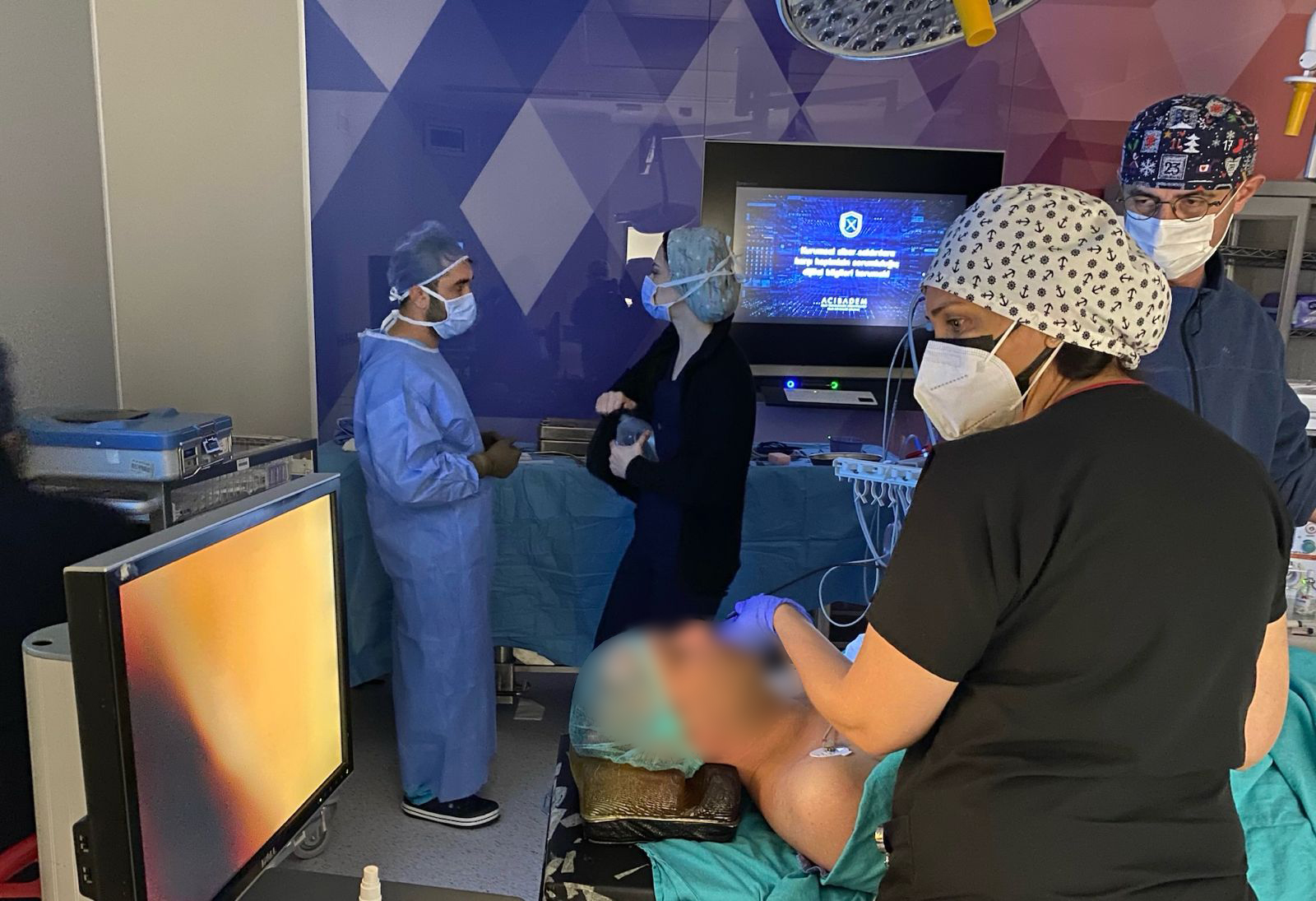DISE (Drug-Induced Sleep Endoscopy): Personalized Diagnosis and Treatment in Sleep Apnea
Airway obstruction during sleep is one of the major health issues, especially in conditions like Obstructive Sleep Apnea Syndrome (OSAS). Traditional diagnostic methods can determine the severity of sleep apnea but fail to identify the exact location and nature of the obstruction. This is where Drug-Induced Sleep Endoscopy (DISE) becomes crucial. DISE is a method that allows detailed observation of how the airway collapses during sleep, enabling the creation of a personalized treatment plan.
What Is DISE (Drug-Induced Sleep Endoscopy)?
DISE is an advanced diagnostic technique used to evaluate anatomical and functional obstructions that cause sleep apnea. During this procedure, the patient is put into a sleep-like state under mild sedation, and the upper airway is examined in detail with a flexible endoscope inserted through the nose.
This technique allows real-time visualization of obstructions occurring in the throat, soft palate, tongue base, tonsils, and larynx. While tests like polysomnography in a sleep lab can confirm the presence and severity of apnea, DISE identifies the exact site of obstruction, making treatment planning more accurate.

How Is DISE Performed?
DISE is usually performed by an ENT specialist in an operating room or specialized sleep lab. The procedure includes the following steps:
Patient is placed under mild sedation
- The patient is put into a sleep-like state that mimics natural sleep.
- The drugs used help replicate natural muscle tone and breathing rhythm.
A flexible endoscope is inserted through the nose
- A thin, flexible camera (endoscope) is passed through the nose to reach the nasopharynx (upper throat).
- Dynamic behavior of obstructive structures along the airway is observed.
Assessment of the upper airway
- Obstructions in the soft palate, tonsils, tongue base, epiglottis, and larynx are evaluated.
- It is determined whether the obstruction occurs at a single site or at multiple levels.
Identifying the patient’s specific type of sleep apnea
- Snoring, airflow changes, and apneas are monitored during DISE.
- A personalized treatment plan is developed for the patient.
The entire procedure typically takes 10–20 minutes, and patients wake up shortly after. Since DISE is a non-invasive test, patients can usually resume their normal activities the same day.
When Is DISE Recommended?
DISE is especially recommended in the following situations:
- Patients scheduled for surgery: Identifying the obstruction site before surgery increases surgical success.
- Patients intolerant to CPAP: Used to explore alternative treatments when CPAP is ineffective or poorly tolerated.
- Cases requiring specialized treatment: Helps create a customized plan when standard treatments are insufficient.
- Patients with snoring complaints: Ideal for evaluating those who may need surgery or alternative therapy.
Types of Sleep Apnea Identified with DISE
During DISE, obstructive sites and mechanisms are identified to classify the type of apnea:
- Soft Palate Obstruction: The most commonly obstructed area. Enlarged tonsils or a low-hanging palate may be responsible.
- Tongue Base Obstruction: Backward displacement of the tongue narrows the airway.
- Epiglottis Obstruction: Abnormal closure of the epiglottis at the entrance of the airway can cause breathing issues.
- Multilevel Obstruction: Obstruction at multiple anatomical levels, which may require multiple surgical approaches.
Treatment Options Based on DISE Results
After identifying the site and mechanism of obstruction with DISE, personalized treatment options can be determined:
Non-Surgical Treatments
- Lifestyle changes (weight loss, positional therapy)
- Oral appliances (mandibular advancement devices)
- CPAP or BiPAP machines
Surgical Treatment Options
- Tonsillectomy or adenoidectomy
- Soft palate surgery (Uvulopalatopharyngoplasty – UPPP)
- Tongue base reduction surgery
- Nasal surgeries (septoplasty, turbinate reduction, rhinoplasty)
- Hyoid suspension or mandibular advancement surgery
DISE results are critical for determining which surgical or non-surgical treatment is most appropriate for each patient.
What Are the Advantages of DISE?
- Enables personalized sleep apnea treatment planning.
- Clarifies whether surgery is necessary.
- Identifies whether obstruction is single or multilevel.
- Increases surgical success and avoids unnecessary procedures.
- Helps guide alternative treatment options.
Conclusion
DISE (Drug-Induced Sleep Endoscopy) is one of the most advanced diagnostic tools in the evaluation and treatment of sleep apnea. Accurately identifying which area is causing obstruction is key to developing a personalized treatment plan. If you experience snoring, breathing pauses during sleep, or difficulty using CPAP, consider consulting a specialist to assess your airway using DISE.
Quality sleep is the foundation of a healthy life!


